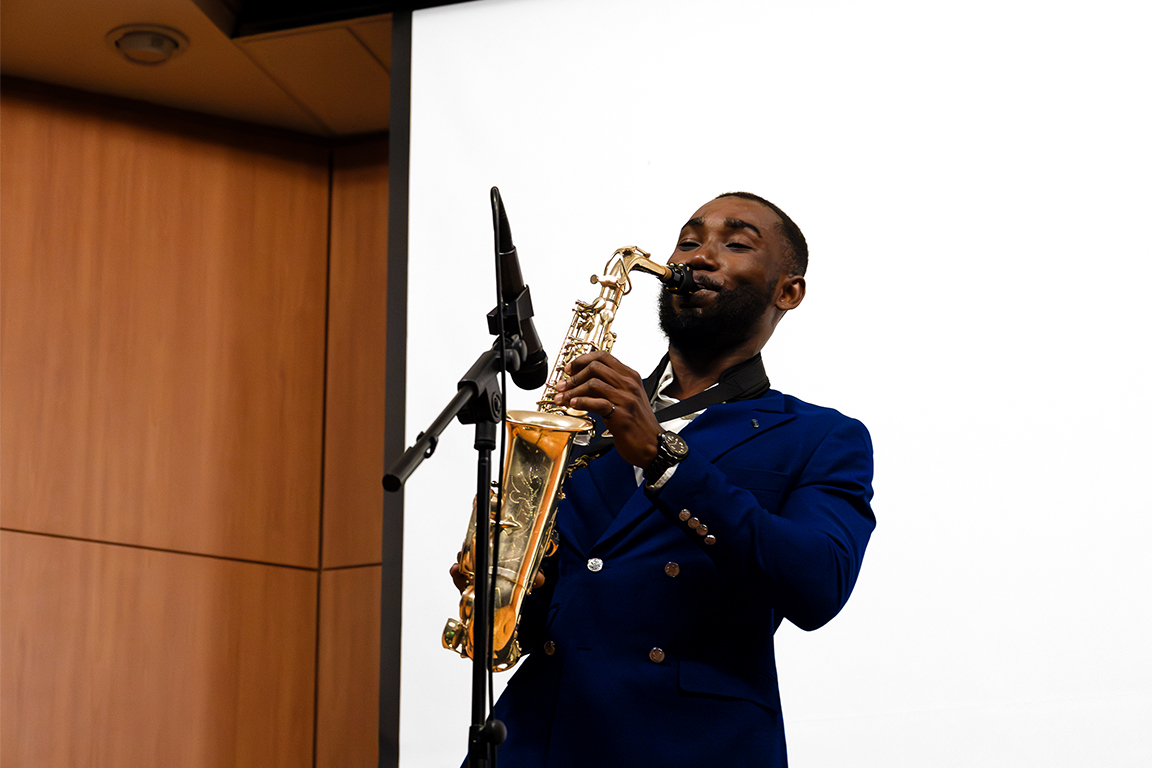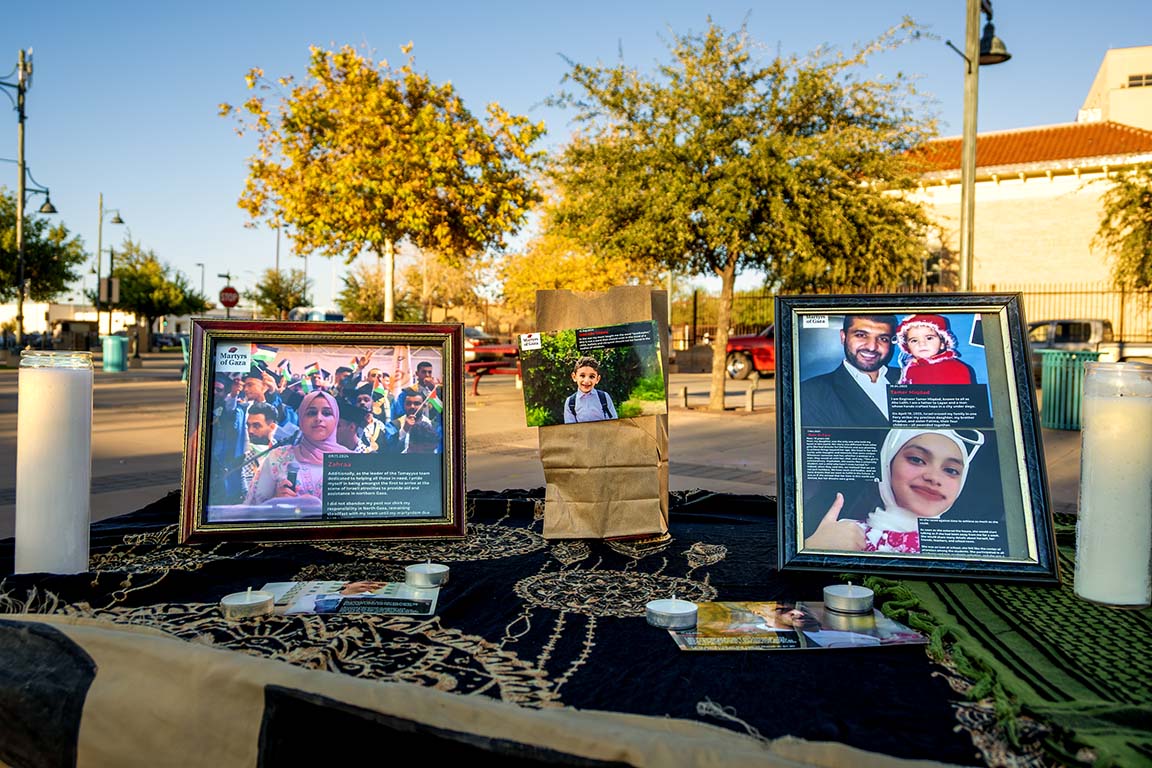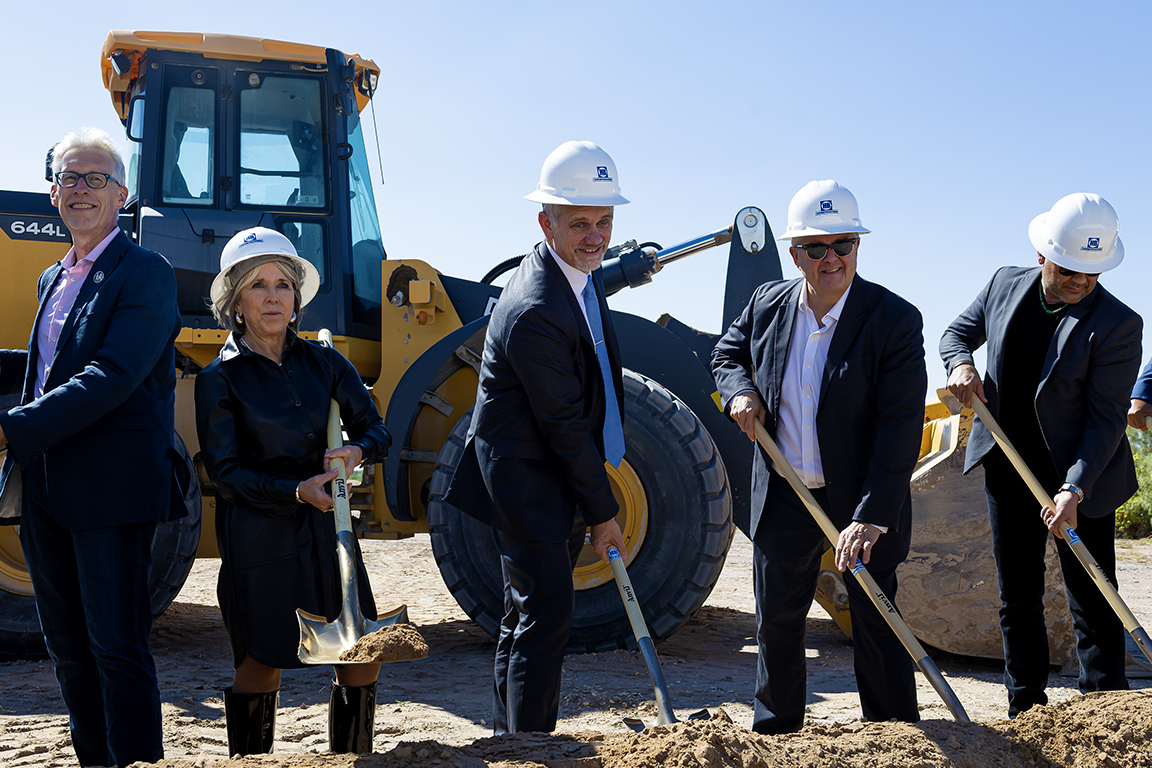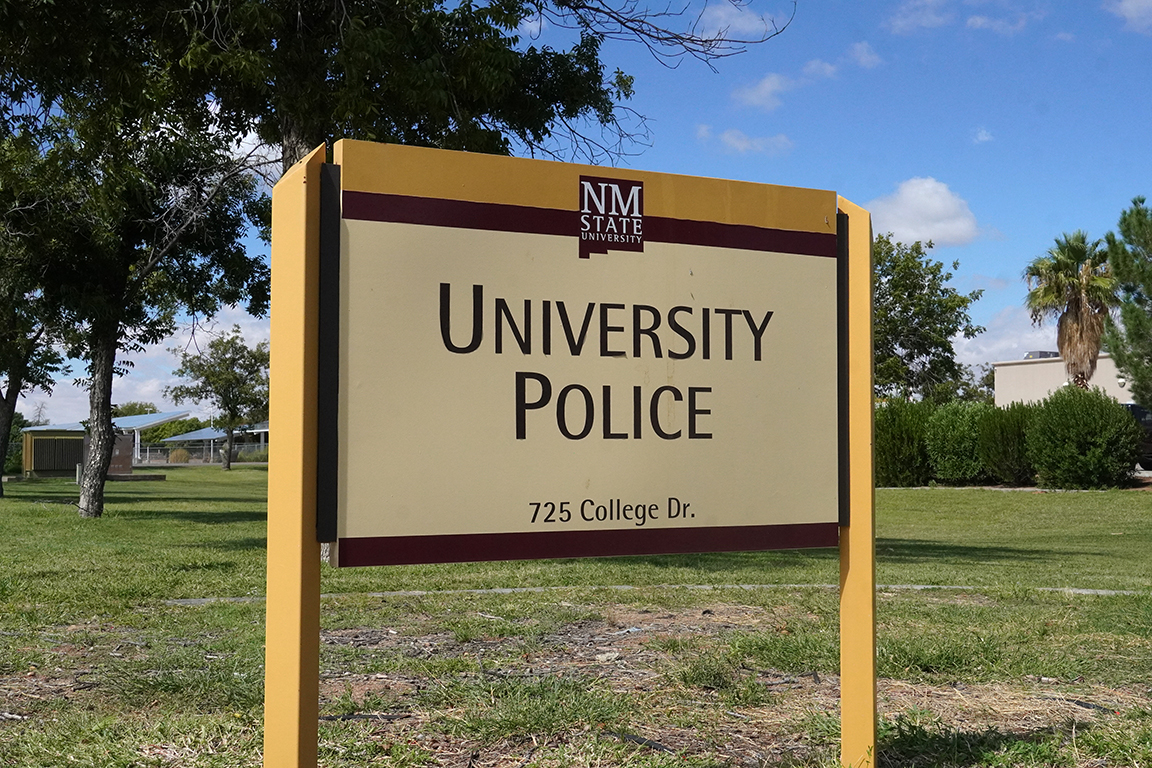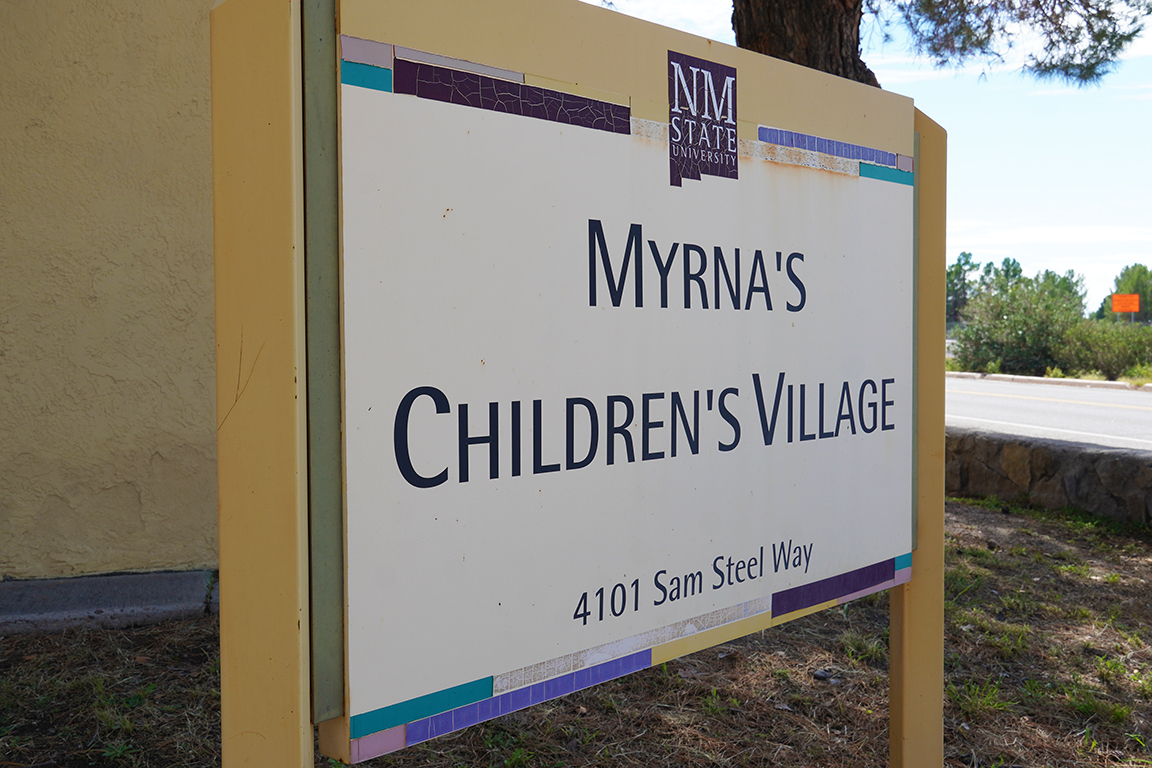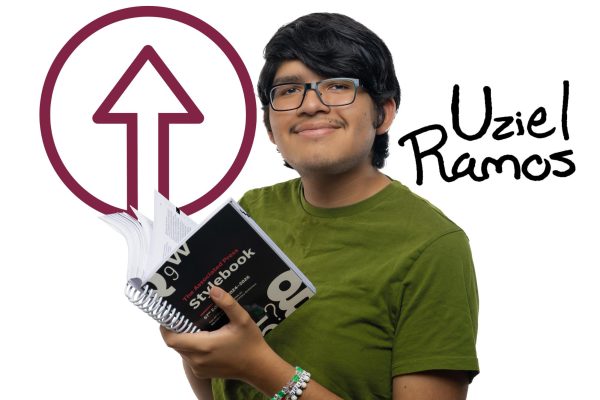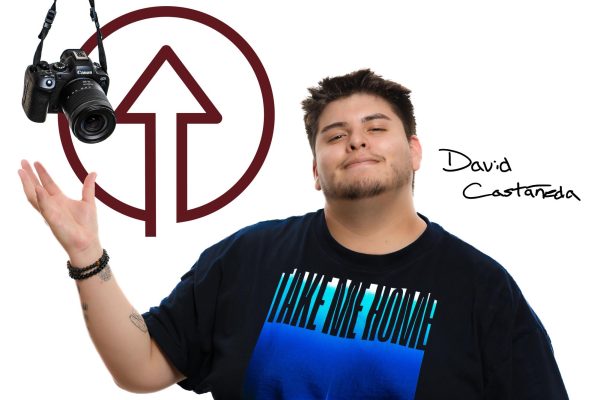Black Programs, Latin American Programs, and NMSU’s Men of Color Initiative hosted the Cultural Mosaic: Voices & Rhythms of Diversity Variety Show at the Corbett Center Student Union’s auditorium on Feb. 22, 2025.
The 2-hour event featured several guest speakers and performers on stage. Artist Soriba and his group, Wassa Wassa, performed multiple traditional African songs using djembe drums. Another artist, guitarist Skivi Meredith, performed multiple songs, including “September” (1978). Poet Lee Martinez read several of her own poems which portray the experiences of living in the Borderlands.
One of the artists, Jacob Gyamfi, reflected on how welcomed he has felt being an exchange student at a diverse institution, before performing “What a Wonderful World” (1967) and “Careless Whisper” (1984).
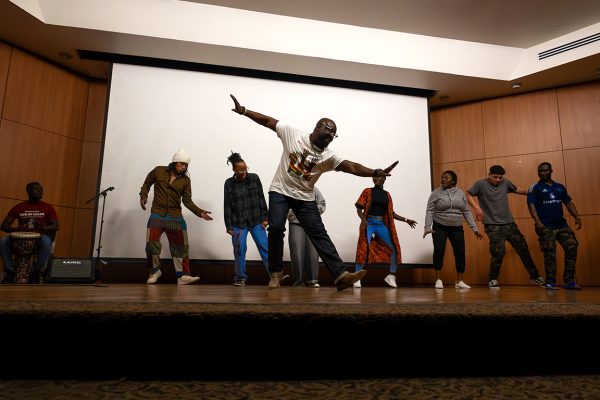
“I think NMSU gave me the best offer I could have among other institutions, especially as someone who comes from Ghana. And I think around the time I had my admission to the university, I did some research about the Land of Enchantment. And I was pleased and incredibly happy with what I saw,” Gyamfi said.
Director for NMSU Men of Color, Patrick Turner, gave an oration of a poem, “The Mask.” Turner said poetry was one of his artistic expressions as he grew up.
“Because my mom, at least, would not let me just be at home by myself. Moms always try to throw you into some type of community. So, poetry became one of my particular outlets,” Turner said.
ASNMSU senator and NAACP College Chapter President Desirae Price, reflected on the role poetry plays in the African American community, and orated a poem by Maya Angelou, “Still I Rise.”
“It is an honor for me to be able to speak here and present one of her poems,” Price said. “Maya Angelou, just like other activists, was so important in the civil rights movement. Her artistic work is one of the reasons we can have these events, and poems should never go unnoticed as we move forward.”
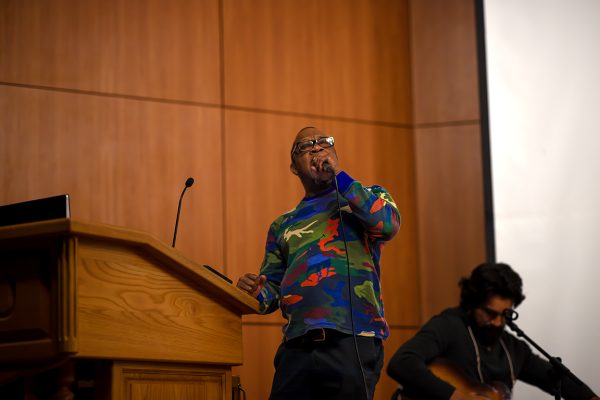
Turner said one of the goals of the Culture Mosaic Variety Show was to expand each community member’s awareness of other groups.
“It does several things, it increases awareness of different cultures and values through music, through dance, through storytelling, and basically through any creative art,” Turner said. “But it also creates that idea of inclusivity, that we can all appreciate the nuances that come from those diverse cultures. So, being able to recognize different cultures in events like this really brings the community together around the things we enjoy, like the music, dance, and instruments.”
It is music, dancing, and instruments, Turner said, that give people in marginalized communities a voice.
“It will always be important for us to have our ways to express ourselves,” Turner said. “Artistic expression was a valuable tool for Blacks and other minorities in America in the past. From dance, to poetry, to sports, and others, to kind of act as your outlet.”



